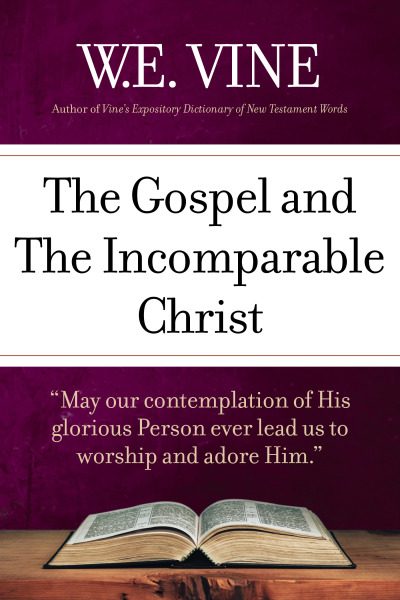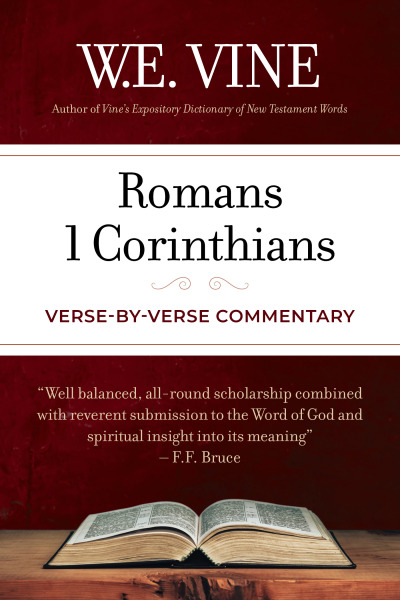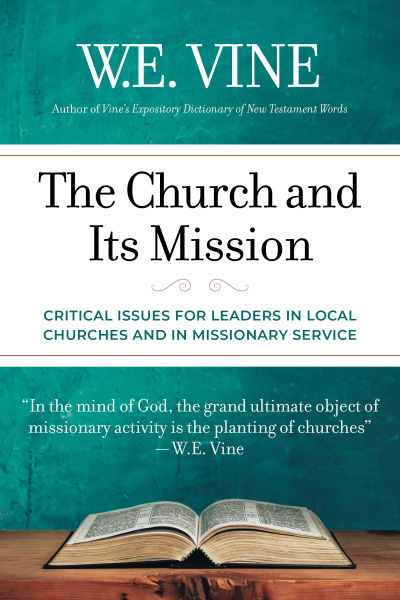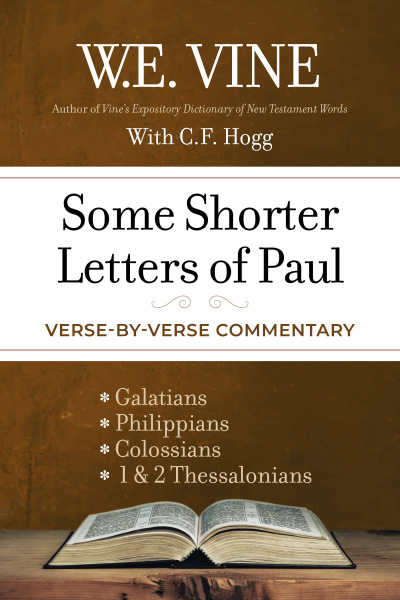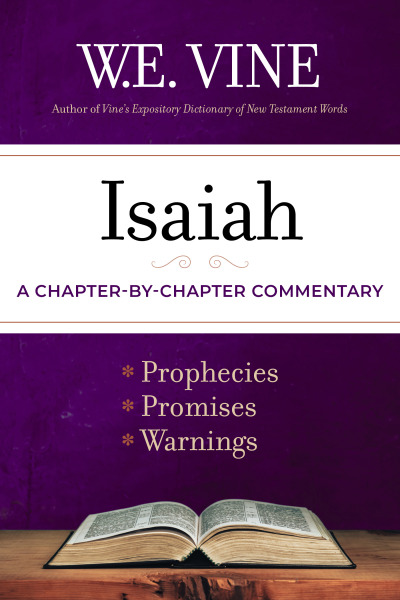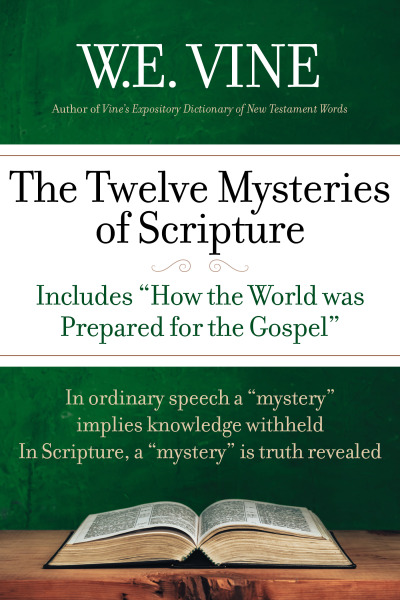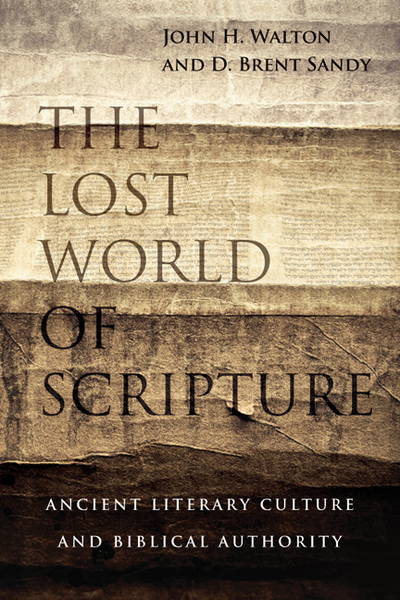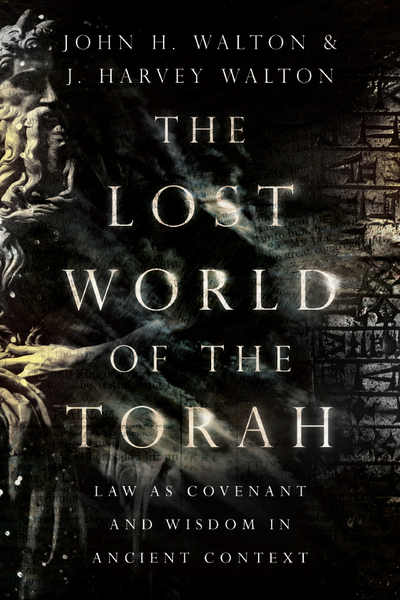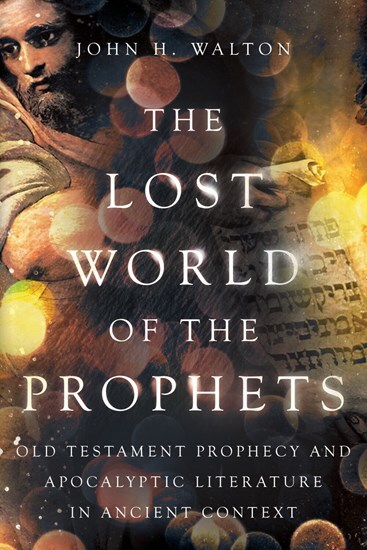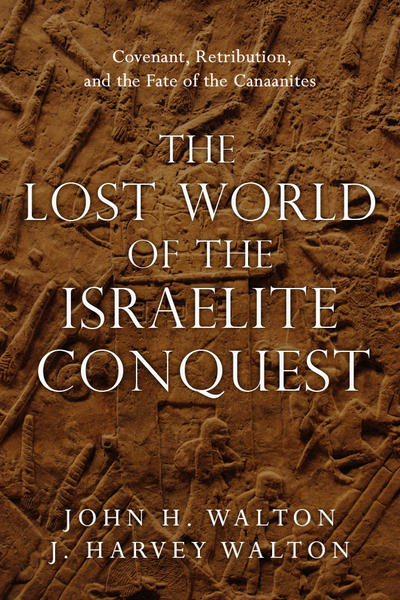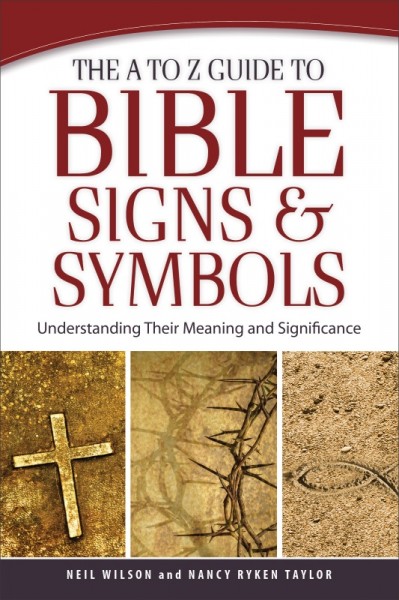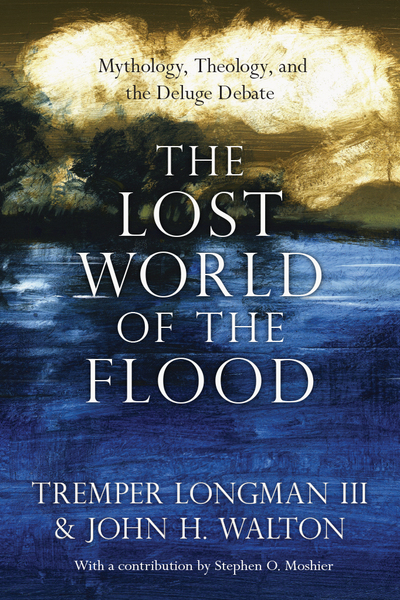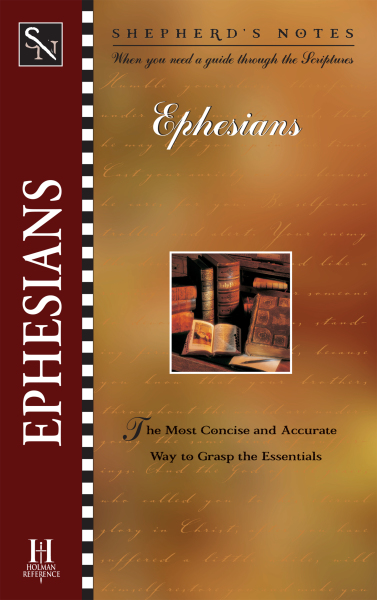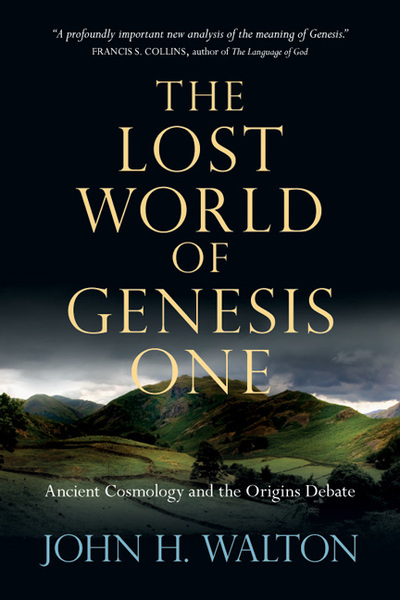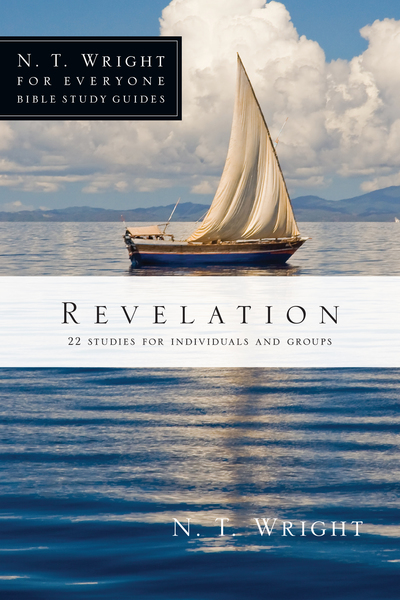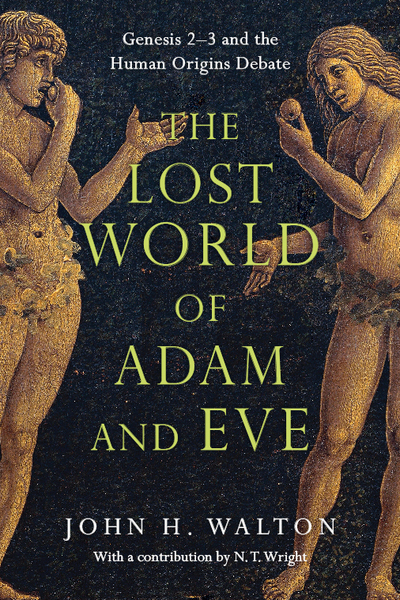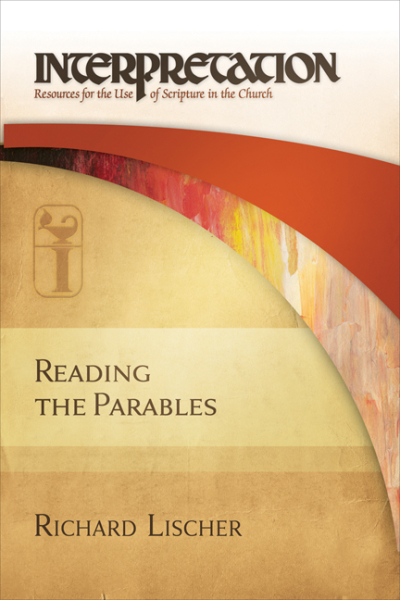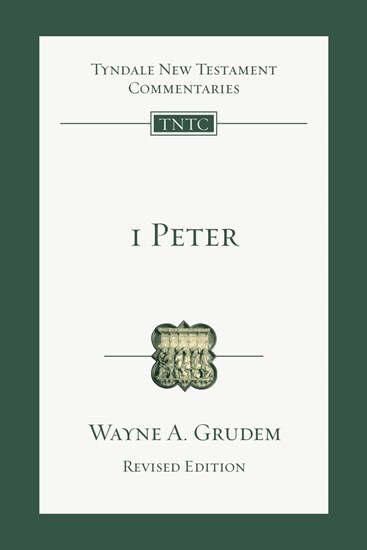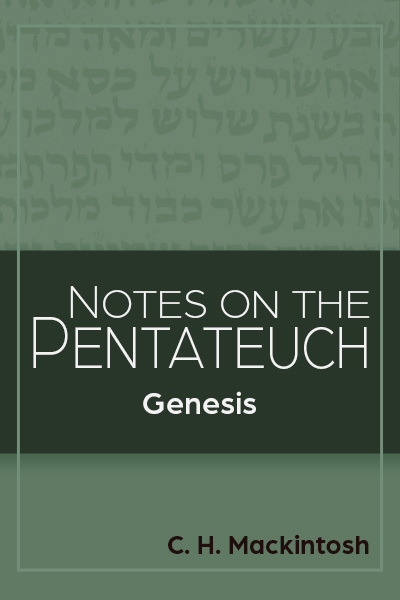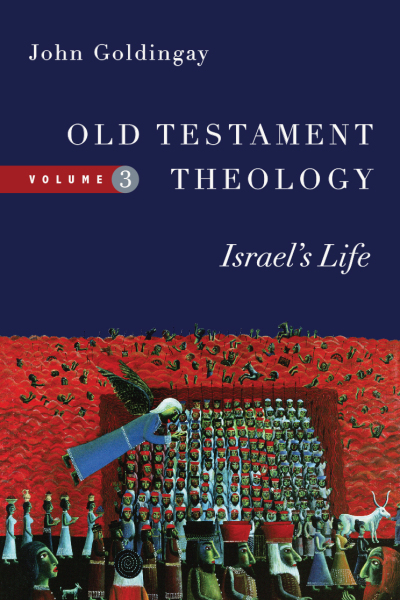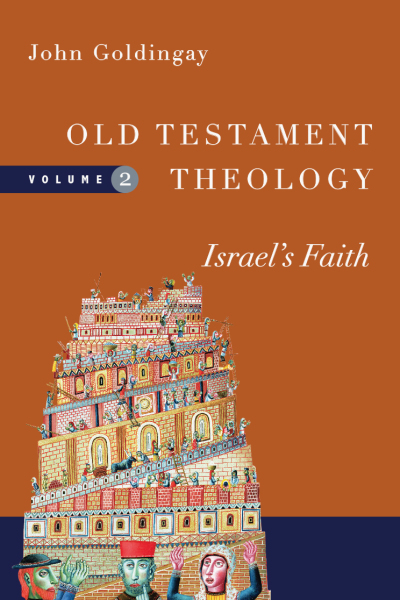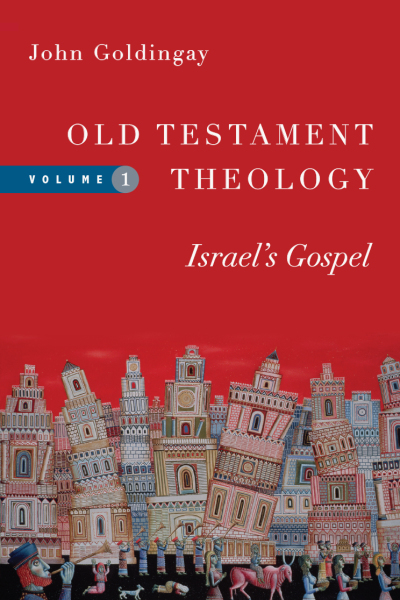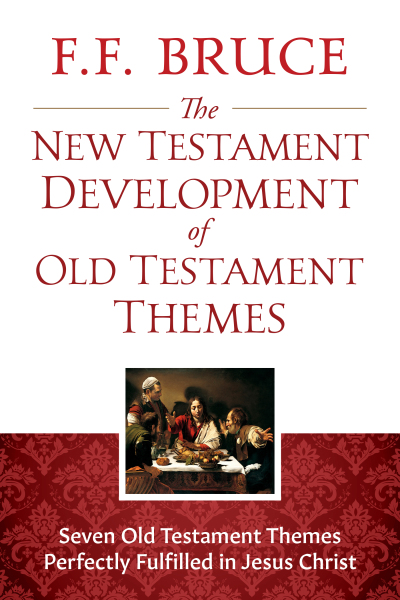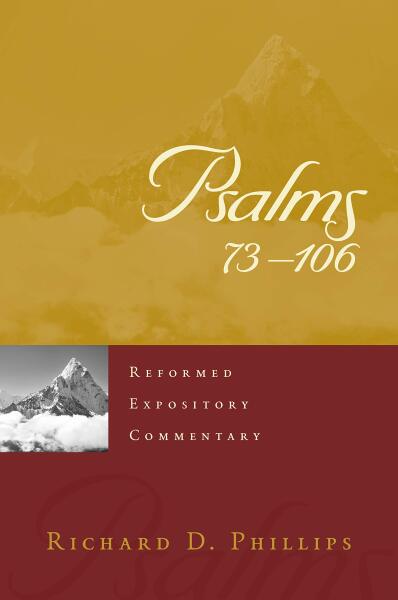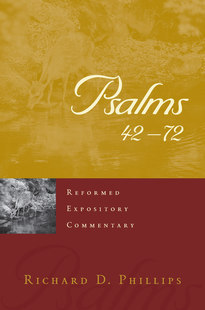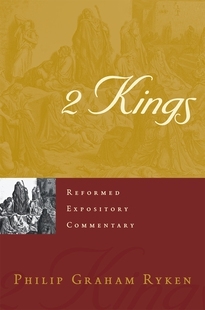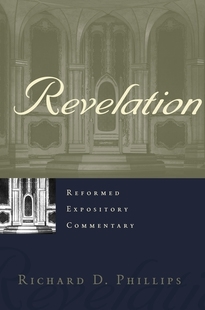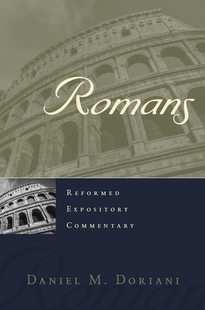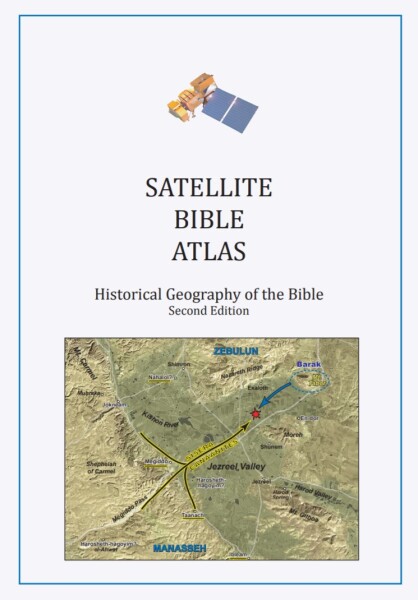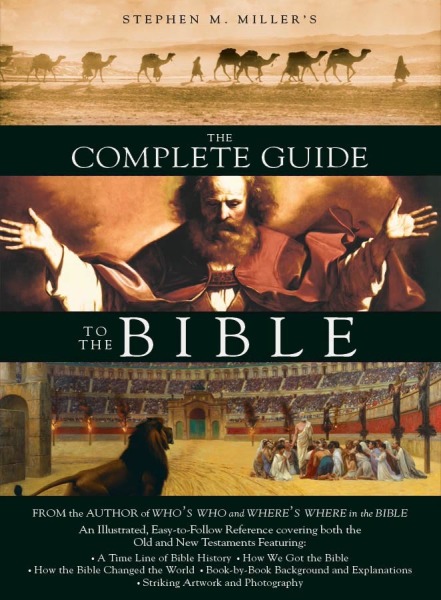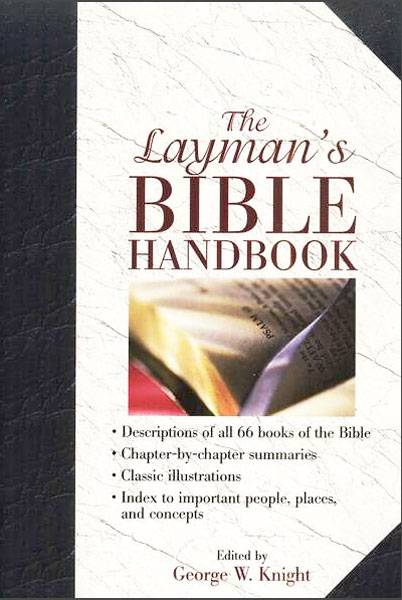

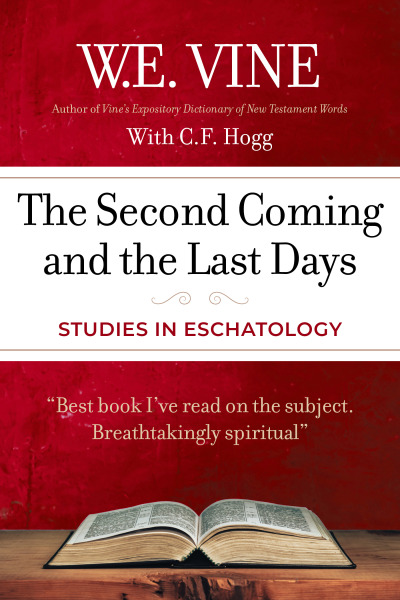
Second Coming and the Last Days

Second Coming and the Last Days
Premillennialism is an understanding of God’s plan for the end times which says, in the words of F.F. Bruce, that there is “an interval between the resurrection-rapture of the Church and the return of Christ to earth ‘with power and great glory,’ and places in this interval the great tribulation of the end time.” W.E. Vine, with the help of C.F. Hogg, explores this doctrine. Bruce says that Vine and Hogg “deviated in several important respects from the usual” teaching of premillennialism, “for the most part the result of better exegesis.”
The Second Coming and the Last Days contains W.E. Vine’s two best-known books on eschatology and numerous shorter articles.
“Touching the Coming of the Lord,” written with C.F. Hogg, is, says one reviewer, “The best book I’ve ever read on the subject. It is breathtakingly spiritual, rigorously sequent (logical). This book is well worth your while.” The chapters are the expectancy of Christ; the resurrection and the rapture; the parousia of the Lord; the judgment seat of Christ; the epiphany of the parousia; the final Gentile world ruler and his dominion; the effect of the hope; and a synopsis of the Bible doctrine of the second advent.
When World War I broke out in 1914, W.E. Vine was asked how then-current events fit into an understanding of prophecy. His comments and study were written in “The Roman Empire in the Light of Prophecy” which discusses “the rise, progress, and end of the fourth world-empire.” This has been called “classic Bible prophecy study.”
Other articles in The Second Coming and the Last Days are “The Church and the Tribulation,” “The Rapture and the Great Tribulation,” Witnesses to the Second Advent,” “The Coming Priest-King,” “The Sealed Book of the Apocalypse,” and “The Four Women of the Apocalypse.”
W.E. Vine wrote these books before World War II and the creation of the state of Israel in 1948, the first independent Jewish state since 63 B.C. Vine and Hogg would have liked to have applied their understanding of prophecy to the events of the last nearly 100 years. One of the many things that makes these writings so interesting is that they did not have that opportunity.


